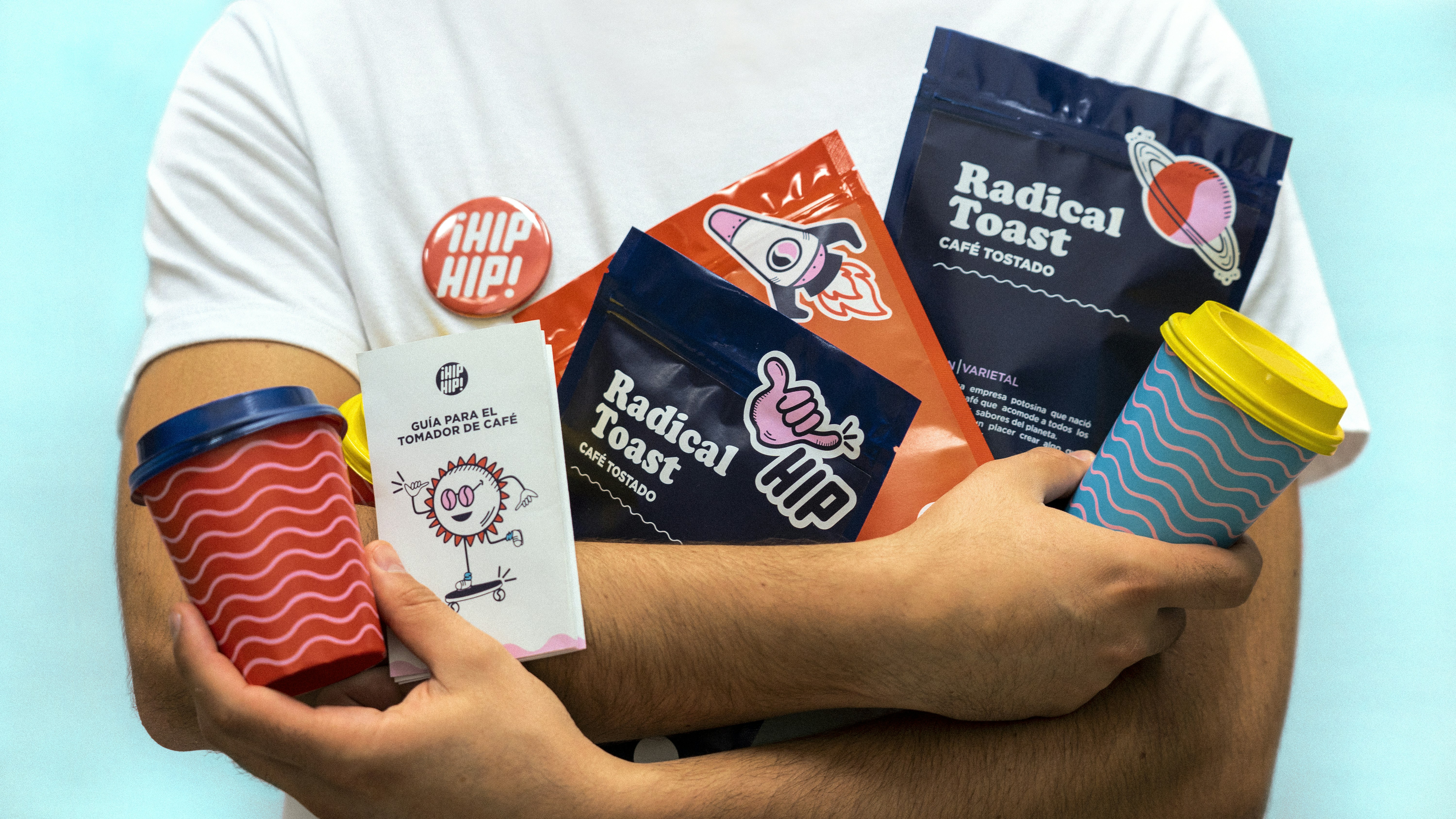
The Best Free Tools & Platforms to Practise Materials Science Skills in 2025/26
Materials science is one of the most exciting multidisciplinary fields today, sitting at the crossroads of physics, chemistry, engineering, and data science. It underpins advances across sectors — from developing new semiconductors for electronics, to creating sustainable polymers, to innovating alloys for aerospace and defence.
In the UK, demand for materials scientists is growing rapidly. Employers are looking for candidates who not only understand theoretical principles, but can also demonstrate practical skills in modelling, simulation, data analysis, and design.
The challenge? Commercial materials software packages can cost thousands of pounds. Fortunately, a wide range of free and open-source tools make it possible to practise materials science without financial barriers. These platforms allow you to explore everything from atomic-scale quantum simulations to computer-aided design, visualisation, and machine learning for materials discovery.
This guide highlights the best free tools and platforms to practise materials science skills in 2025. Each section explains what the tool does, why it’s useful, and how you can leverage it to build portfolio-ready projects and prepare for a career in the sector.
Why Practising Materials Science Skills Matters
Like many technical fields, materials science has a significant gap between theory and practice. Employers want to see more than exam results — they want to know you can apply methods in real-world contexts.
Hands-on practice with free tools allows you to:
Model materials at different scales — from atomic to structural.
Simulate properties and behaviours — thermal, mechanical, electronic.
Work with real datasets from open repositories like Materials Project or NOMAD.
Design and test structures using CAD and finite element analysis.
Explore machine learning applications in predicting new materials.
Showcase portfolio projects on GitHub or in job applications.
By practising, you’ll not only master technical methods but also develop the ability to communicate results clearly — a skill employers in the UK highly value.
1. Quantum ESPRESSO
Quantum ESPRESSO is a free, open-source suite for electronic-structure calculations and materials modelling.
Key Features
Implements density functional theory (DFT).
Can simulate electronic, vibrational, and structural properties.
Actively developed by a global community.
Why It’s Useful
DFT is a cornerstone of computational materials science. Quantum ESPRESSO allows you to perform simulations at the atomic level, preparing you for both academic and industry research roles.
2. ABINIT
ABINIT is another widely used free software for quantum simulations.
Key Features
DFT-based calculations of electronic structure.
Ability to compute properties like optical response, phonons, and more.
Scales across high-performance computing systems.
Why It’s Useful
Practising with ABINIT helps you gain familiarity with a different implementation of DFT, broadening your understanding of computational methods.
3. Materials Project
The Materials Project is a web-based platform providing access to computed information on thousands of known and predicted materials.
Key Features
Free database of crystal structures, electronic properties, and thermodynamics.
Analysis tools for exploring material properties.
User-friendly web interface.
Why It’s Useful
It’s perfect for exploring datasets, testing hypotheses, or sourcing materials data for your own projects.
4. SEAMM (Simulation Environment for Atomistic and Molecular Modelling)
SEAMM provides a graphical interface for setting up, executing, and analysing molecular and materials simulations.
Key Features
Open source, with flowchart-style workflow creation.
Connects to different simulation engines.
Simplifies reproducibility and data management.
Why It’s Useful
SEAMM is a beginner-friendly way to practise running simulations without needing to write long input files.
5. DScribe
DScribe is a Python library for generating descriptors for machine learning in materials science.
Key Features
Converts atomistic structures into machine-readable features.
Free and open source.
Works with ML libraries like Scikit-learn, TensorFlow, and PyTorch.
Why It’s Useful
If you’re interested in applying AI to materials discovery, DScribe is the bridge between raw atomic data and machine learning models.
6. ParaView
ParaView is an open-source data analysis and visualisation tool.
Key Features
Handles very large datasets.
Supports 3D visualisation of simulation results.
Widely used in scientific research.
Why It’s Useful
Visualisation is critical in materials science — ParaView helps you analyse and present simulation results effectively.
7. FreeCAD
FreeCAD is a free, parametric 3D CAD modeller.
Key Features
Includes a finite element method (FEM) workbench.
Can model structures and run basic mechanical simulations.
Open source and community-supported.
Why It’s Useful
FreeCAD is great for practising structural design and exploring mechanical properties of materials.
8. SolveSpace
SolveSpace is a lightweight, free CAD tool.
Key Features
Parametric 2D/3D CAD.
Mechanical simulation functions.
Easier learning curve than FreeCAD.
Why It’s Useful
Ideal for beginners who want to practise designing geometries and testing simple material behaviours.
9. NOMAD (Novel Materials Discovery) Repository
The NOMAD Repository is a European initiative providing open materials data.
Key Features
Large-scale database of simulation results.
Free access to data contributed by researchers worldwide.
Tools for visualisation and analysis.
Why It’s Useful
It gives you access to vast datasets for testing your own models or comparing results.
10. Open Quantum Materials Database (OQMD)
The OQMD provides access to calculated material properties.
Key Features
Focuses on thermodynamic and stability data.
Free web access.
Integrates with data-driven materials discovery.
Why It’s Useful
OQMD is a strong resource for students exploring computational thermodynamics.
11. Avogadro
Avogadro is a free molecular builder and visualiser.
Key Features
Cross-platform, open source.
Useful for constructing input files for simulations.
Visualises molecules and crystalline structures.
Why It’s Useful
It’s an intuitive way to prepare structures for use in tools like Quantum ESPRESSO or ABINIT.
12. VESTA
VESTA is a free 3D visualisation program for structural models.
Key Features
Displays volumetric data and crystal structures.
Free for academic and personal use.
Lightweight and efficient.
Why It’s Useful
It helps you visualise crystal structures and density maps clearly.
13. LAMMPS
LAMMPS is a free, open-source molecular dynamics simulator.
Key Features
Models atomic-scale materials behaviour.
Supports classical force fields.
Flexible and widely used in academia.
Why It’s Useful
Molecular dynamics complements DFT, giving you a more complete skills portfolio.
14. GROMACS
GROMACS is a molecular dynamics package, often used for biomaterials.
Key Features
Optimised for high performance.
Free and open source.
Strong community documentation.
Why It’s Useful
It’s valuable if you want to practise in the intersection of materials and life sciences.
15. PyMatGen
PyMatGen is a Python library for materials analysis.
Key Features
Interfaces with Materials Project.
Helps analyse structural and electronic properties.
Free and open source.
Why It’s Useful
It’s ideal for automating analysis workflows and preparing for data-driven materials roles.
16. Machine Learning Frameworks for Materials
Combine ML libraries with materials datasets:
Scikit-learn: Classical ML methods.
TensorFlow/PyTorch: Deep learning frameworks.
Integration with DScribe: Feature generation for materials ML.
Why They’re Useful
They allow you to explore cutting-edge research areas like predictive materials modelling.
17. MOOCs & Learning Resources
Free courses include:
edX: Computational materials science courses in audit mode.
Coursera: Free trials and previews of materials informatics courses.
YouTube lectures: From MIT, Cambridge, and other universities.
Why They’re Useful
They combine structured learning with access to software tutorials.
18. Project Ideas for Your Portfolio
Here are some project concepts you can attempt using only free tools:
Simulate a new alloy with Quantum ESPRESSO or ABINIT.
Visualise atomic dynamics with LAMMPS and ParaView.
Design a simple component in FreeCAD and analyse stresses.
Use DScribe + Scikit-learn to predict properties from open datasets.
Analyse stability of materials using data from OQMD or NOMAD.
Document these projects carefully and upload them to GitHub to impress employers.
19. Communities & Peer Learning
Join free communities to accelerate your learning:
Materials Project forums.
Reddit (r/materials and r/chemistry).
LinkedIn materials science groups.
GitHub open-source projects.
Why They’re Useful
They allow you to share work, get advice, and discover collaboration opportunities.
20. How to Use These Tools Effectively
Start with basics: Use Avogadro and VESTA to build and visualise structures.
Learn simulations: Progress to Quantum ESPRESSO or ABINIT for DFT.
Explore dynamics: Practise molecular dynamics with LAMMPS or GROMACS.
Visualise: Analyse results using ParaView or VESTA.
Add machine learning: Use DScribe + Scikit-learn with open datasets.
Design structures: Experiment with FreeCAD for mechanical analysis.
Document projects: Keep records of workflows and share online.
Final Thoughts
Materials science is a field where hands-on experience is everything. Employers want proof that you can use modern simulation tools, design components, analyse results, and even apply machine learning to accelerate discovery.
The good news is that you don’t need to pay for expensive licences. With tools like Quantum ESPRESSO, ABINIT, LAMMPS, FreeCAD, ParaView, DScribe, and Materials Project, you can practise skills at every level — entirely for free.
By experimenting with these platforms, documenting your projects, and sharing them in communities, you’ll build a portfolio that sets you apart in the competitive UK job market for materials scientists.
So don’t wait. Download one of these tools today, start your first project, and begin building the skills that will power your career in materials science.


